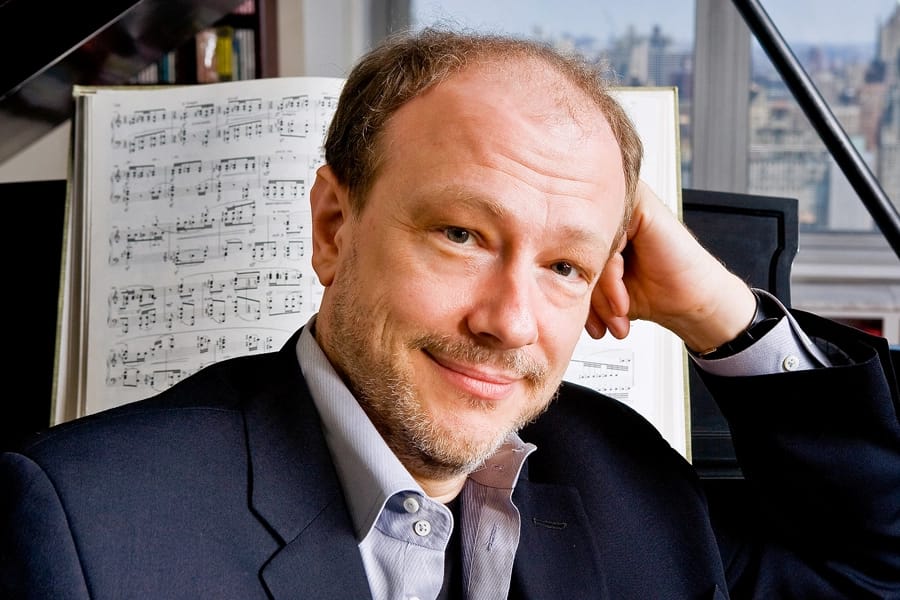
Marc-André Hamelin is a sought-after piano soloist, appearing in concert halls around the world in recital and concerto performances. But that doesn’t mean that he gets to stop practicing. If you’re someone who remembers minutes or hours of playing tedious scales at the piano while keeping a close eye on the clock, he says it needn’t be that way. Instead he sees practice as ‘self-teaching’ – and a way to learn how to best get inside the workings of a piece.
Hamelin says more important than spending a given amount of time practicing, is making incremental progress: “I just feel my way, I do a little bit each day, and each day my ability to communicate the message of the piece will get more and more fluent… This is really heresy for most piano teachers, but I don’t believe that you should calculate, or you should figure out, or you should go into the practice room saying ‘I’m going to practice so many hours.’ To me, that’s kind of useless. Because what you really should set out to do is better your understanding of the piece, and development of your own equipment, whether artistic or physical.”







